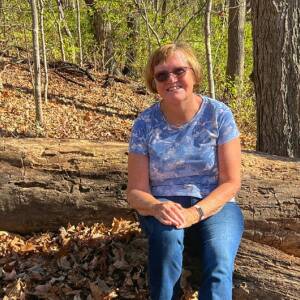Lytham Hall
Wednesday
We all had another grand day today, visiting Lytham Hall, an 18th century Georgian country house in 78 acres of wooded parkland, just outside the town of Lytham south of Blackpool. We were not familiar with it, but Janet and John had been introduced to it when the choir sang there recently. It is recorded in the National Heritage List for England as a designated Grade I listed building. . It was once the ancestral home of the Clifton Family, spanning over four centuries. The most colourful of these was probably John Talbot Clifton (1868-1928) who was a passionate world traveler, and spent little time at his ancestral home. During the First World War the house was used as a military hospital and after the Cliftons had moved to live in Ireland in 1919 and then Scotland in 1922 the house was somewhat neglected. Clifton died in 1928 on an expedition to Timbuktu with his wife, Violet Beauclerk, having used up a lot of the family wealth on his travels. Their dilettante film producer son, Henry de Vere Clifton squandered most of the rest, and the house had to be sold in 1963.
Since Janet and John had seen the interior, they went walking with Bernard on his mobility scooter around the grounds, while we looked around the house. Then we enjoyed lunch together outside in the sunshine. From there, we drove to the front in Lytham, or Lytham St Anne, as it is usually referred to, Saint Anne being the adjoining town, and went for quite a long walk along the promenade, passing the Lytham windmill, shown as an extra. The mill was built on Lytham marshes around 1805. As the town grew, the surrounding ground was later leveled and grassed to form a ribbon green between the houses and the sea, in the middle of which stands the mill.
In the evening Janet and John were at choir, and we went out to eat with Bernard and his friend, also called Roger, a fellow elderly widower, who lives across the road.
13,405 steps


Comments
Sign in or get an account to comment.


